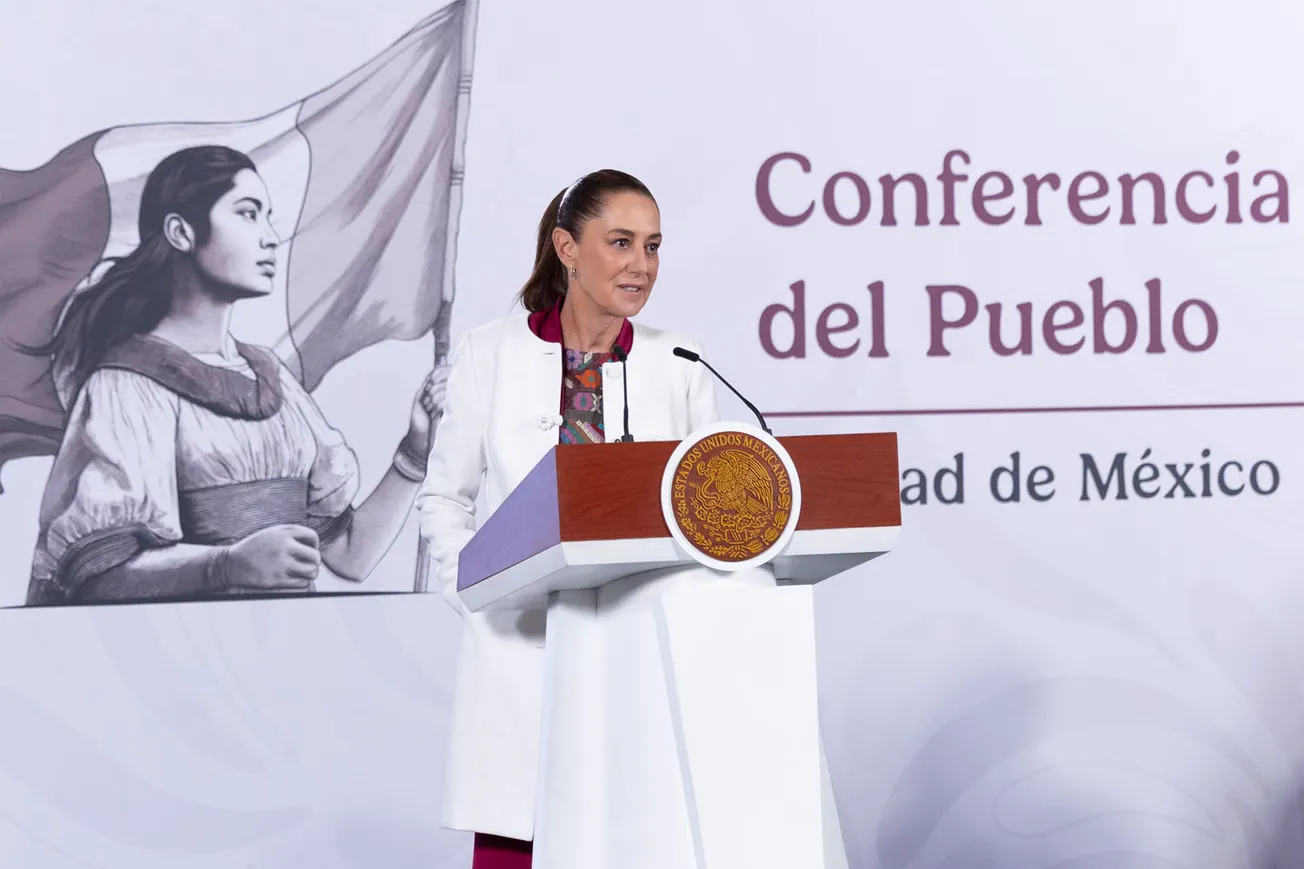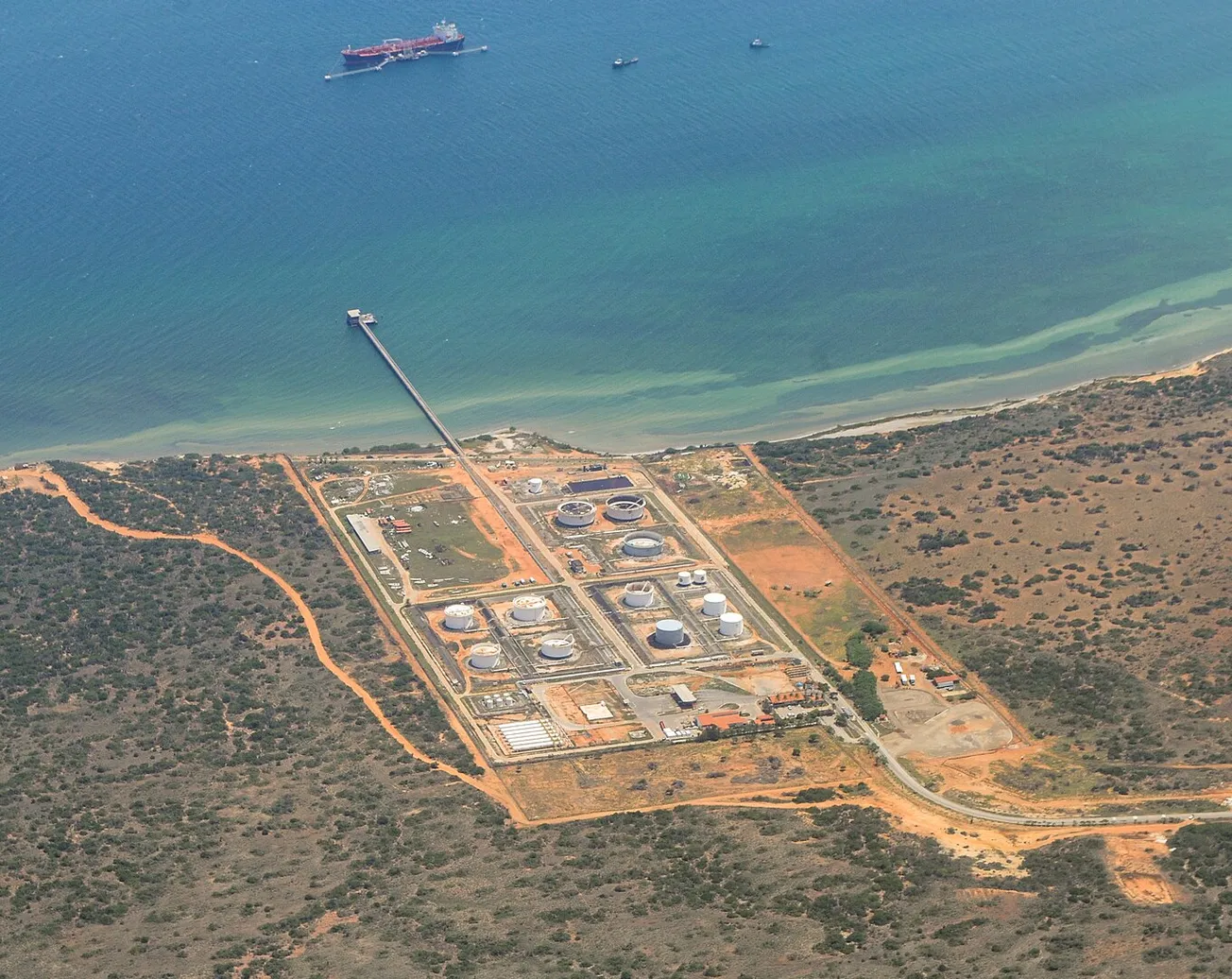As the National Energy Administration (NEA) of China announced on Dec. 6, a high-temperature gas-cooled reactor (HTGR) at the Shidao Bay NPP, commonly known as Shidaowan, successfully completed the 168-hour non-stop test and has officially been put into operation, according to the statement.
“China has reached the world’s leading level in the research, development and application of fourth-generation nuclear power technologies,” the NEA said, RT reported, adding that the commissioning of the NPP will help promote the safe development of nuclear power and improve China’s scientific and technological innovation capabilities.
Chief designer of the HTGR nuclear power plant program Zhang Zuoyi told Xinhua that “safety” is its key feature, noting that “the reactor can maintain a safe state and steer away from a meltdown or leak of radioactive materials.” He added that even in the event of a total loss of cooling capacity, the reactor would be able to maintain this capability without any intervention. Other advantages of the HGTR are the use of less fuel and production of less waste, at a vastly increased efficiency unmatched by nuclear reactors of the third generation.
A Tsinghua spokesperson was quoted by World Nuclear News as saying: “The normal energy transfer driven by power was stopped during the tests. The measured nuclear power and temperatures within the different reactor structures, described how the reactors were naturally cooled down, without intervention of humans or emergency core cooling systems. The tests confirmed that commercial-scale reactors could be cooled down naturally without emergency core cooling systems for the first time in the world. It is the so-called inherently safe reactor.”
The power plant has two small reactors (250 MWt) that drive a single 210 MWe steam turbine, reported World Nuclear News in December 2022. It uses helium as the coolant (the “gas” in the gas-cooled reactor). Each reactor is filled with some 400,000 spherical fuel elements (known as “pebbles"), each 60 mm in diameter and containing 7 grams of fuel enriched to 8.5%. The pebbles are inherently safe: they maintain their structural integrity at temperatures as high as 1620°C, far higher than they would experience even in a hypothetical extreme accident, according to the China Nuclear Energy Association.




